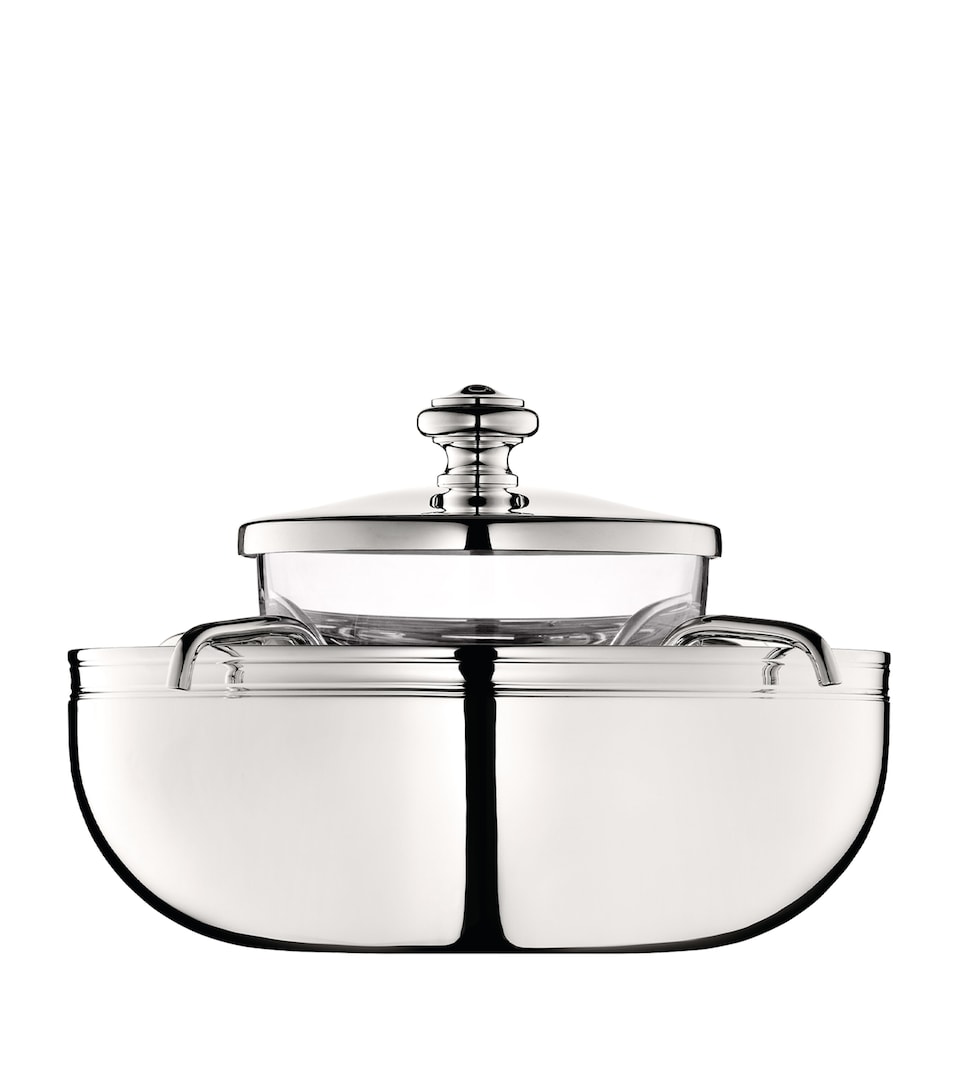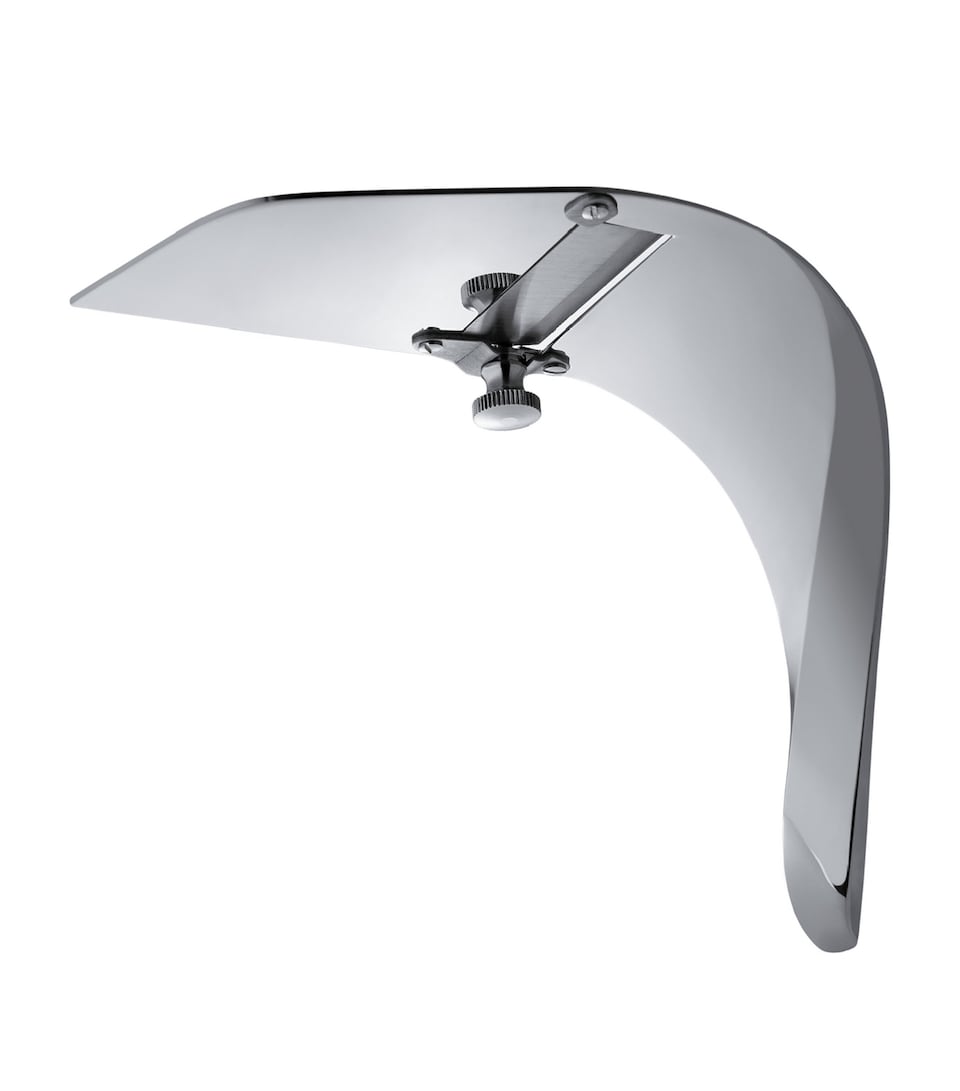Black Truffles
The black Périgord truffle – named after its heartland in southwest France – is arguably the most prized fungus on the planet. Should you manage to get your hands on a ‘black diamond’, carefully brush any soil from its surface, use a truffle grater or mandolin to shave it into thin wafers, then use it simply: among the layers of a potato gratin; as a luxurious garnish for fried or scrambled eggs; or over a pasta dish, perhaps. There is no shortage of truffle condiments at Harrods; from oils and honeys to salts and sauces, read our editor-approved picks in The Best Truffle Products to Serve This Season.
In this recipe for charcoal spaghetti with truffle-infused egg yolk and shaved truffle, the delicate taste of black truffle brings a whole new flavour profile to the egg, then is shaved to perfection to top it all off.







